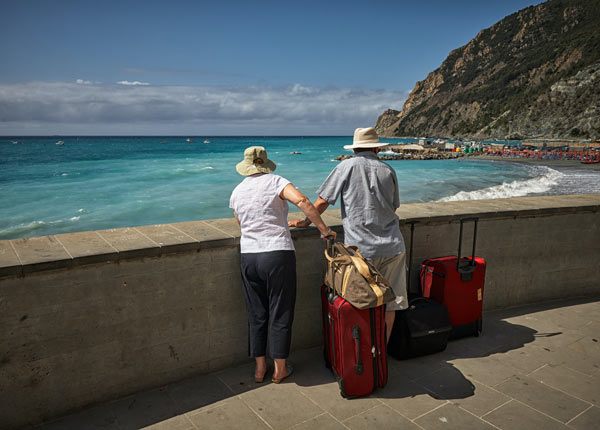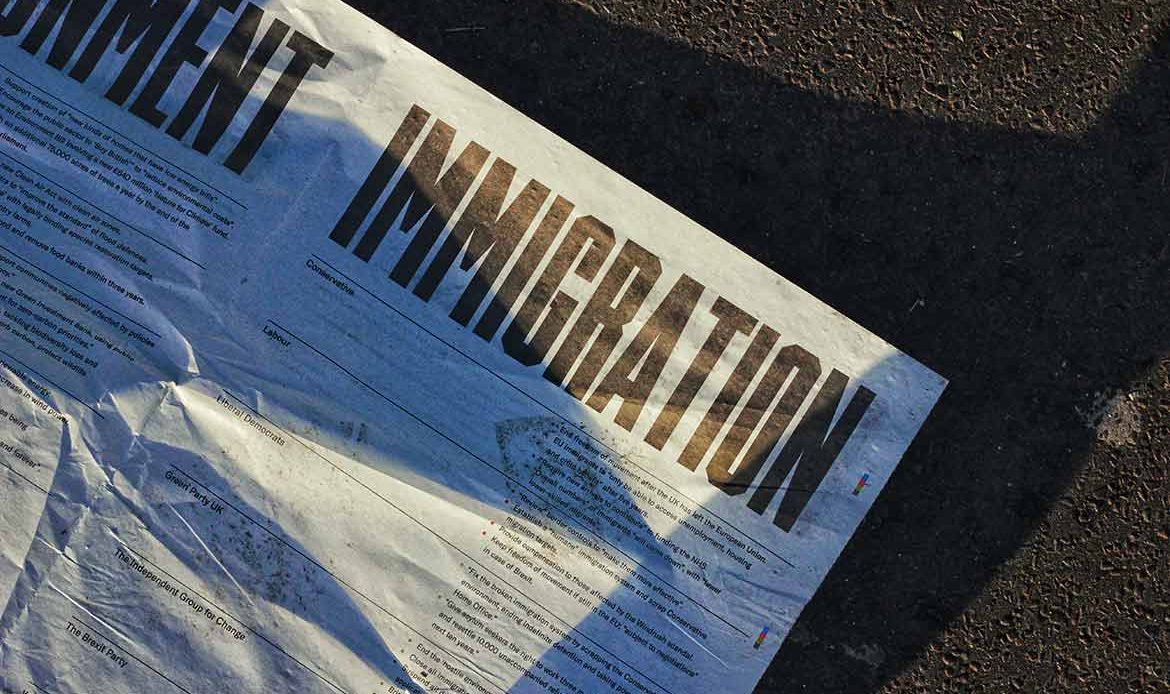Both countries have long been a haven for perpetual tourists, those who live there without obtaining residency status. However, perpetual tourists in Costa Rica and Panama in recent years have witnessed a shift in the landscape as the Costa Rican and Panamanian government tighten regulations, making it increasingly difficult for perpetual tourists to sustain their lifestyle without any risks at all. We want to spend some time exploring the challenges faced by Perpetual Tourists in Costa Rica and Panama and the changing dynamics of living in either or both countries. We’ll also discuss the options of obtaining residency and its evolving requirements.
The Changing Face of Perpetual Tourism in Costa Rica and Panama
Perpetual tourism has been a popular choice for expats and digital nomads seeking the lush landscapes, vibrant culture, and laid-back lifestyle of Costa Rica or Panama. Yet, the ease with which perpetual tourists could stay in the country is no longer what it used to be. The government has started cracking down on this practice, introducing stricter measures at the border. An example of this is as follows (from a recent social media post)
“I did a border run today. The Immigration officer did ask for my evidence to leave Costa Rica, gave me the 180 days, and then told me I was leaving and returning too often and that I would not be granted 180 days the next time. He said would be given fewer months, and if I didn’t have residency in process then the following time, I would be denied entry”.
While one case, more and more of these cases are showing up and being discussed for either country across various Expat chat venues, social media, its groups and more.
Border Scrutiny and Shorter Stays
As the example shows, one of the most significant challenges perpetual tourists now face is heightened scrutiny at the border. While the perpetual tourist may come and go with no additional scrutiny, the possibility that it exists makes border crossing more stressful. Immigration officers can and may ask more questions of their intentions, and requests for proof of onward travel have become routine. Additionally, the current generous 180-day stay (in Costa Rica) is increasingly being shortened to as little as 15 days. This change has left many perpetual tourists with a constant sense of uncertainty, making planning their lives more challenging, especially when owning property or generally having their life belongings locally.
Deportation Risks
Deportation is now a real concern for perpetual tourists. Overstaying one’s visa, even by a few days, is met with less leniency than in the past. The consequences are not just inconvenience, but the possibility of being expelled from the country. This risk is a stark reminder of the evolving landscape and the need to adapt to these new realities.
Residency has it’s Perks
Given the shifting landscape, many perpetual tourists are contemplating a transition to residency, especially Perpetual Tourists in Costa Rica and Panama who own estate, or plan on owning estate. Without residency estate planning and wills can be difficult. Besides that residency offers several advantages, such as the ability to work, open a bank account, and enroll children in local schools and not be subject to changes and tightening of immigration and tourists regulations. However, the path to residency is becoming more rigorous and demanding, necessitating a closer look at the available options and their eligibility criteria. If nothing, the option of having a second passport in the long run can future proof ones existice within the current status of the world.
Examples of other perks include (some only in Panama, and some only for retirees. ):
- Utility bills: A 25% reduction in utility bills can translate into substantial annual savings for retirees.
- Airline tickets: A generous 25% discount on airline tickets offers wanderlust-afflicted retirees the chance to explore more destinations.
- Medical fees: With a 20% discount on medical fees, retirees can maintain their health without breaking the bank.
- Cultural and sporting events: Entry fees for these events receive a substantial 50% haircut, making it easier for retirees to partake in local festivities.
- Hotel stays: Savings between 30-50% on hotel stays can add up considerably for retirees who love to travel. 50% M-T and 30% T-S.
Some Residency Options in Costa Rica
Costa Rica offers various residency options, each with its own set of requirements. These include the:
Pensionado program:
- Proof of a permanent pension or retirement fund providing a monthly income of at least $1,000 USD. This can be in the form of a letter from your pension provider, or a bank statement showing that you receive a regular monthly pension payment of at least $1,000 USD.
- Reside in Costa Rica for at least one day per year. This is a relatively easy requirement to meet, as Costa Rica has a very friendly immigration policy towards retirees.
- Cannot work as an employee while holding Pensionado residency. This is another relatively easy requirement to meet, as the Pensianado Residency is specifically designed for retired people
Rentista program:
- Proof of a fixed monthly income of at least $2,500 USD. This can be in the form of a letter from your employer, a bank statement showing regular monthly deposits, or a letter from a financial advisor confirming that you have sufficient assets to generate a monthly income of $2,500 USD.
- Reside in Costa Rica for at least four months per year. This requirement is to ensure that you are contributing to the Costa Rican economy.
- Cannot work as an employee while holding Rentista residency. This is to prevent you from competing with Costa Rican citizens for jobs.
Inversionista program:
- Investment: Make a direct investment in Costa Rica of at least $150,000 USD. The investment can be made in any type of business or in real estate.
- Residency Presence: Stay in Costa Rica for at least one day per year.
- Employment Restriction: You cannot work as an employee while holding Investor Residency.
- Income Requirement: You must have a guaranteed, unearned income of at least $2,500 USD per month from investments, savings or other sources, and prove that the non-earned income is guaranteed to be received for at least a period of 24 months (2 years)
While the specifics may vary, the common theme is the need for financial stability, clear criminal records, and a commitment to contributing to the Costa Rican society, this applies for Perpetual Tourists in Costa Rica and Panama as well as for anyone else.
Conclusion and Preparing for the Future Costa Rica
In the face of these changing dynamics, perpetual tourists in Costa Rica must be well-informed and prepared. The risks and challenges are real, and a contingency plan is essential. Exploring residency options, like the pensionado, rentista, or inversionista programs, is one way to adapt to the evolving landscape. Whether you choose to continue as a perpetual tourist or pursue residency, it’s vital to be aware of the regulations and requirements, ensuring your future in Costa Rica is as smooth and rewarding as the landscapes that draw people to this extraordinary nation.

Perpetual Tourists in Panama: A Shifting Landscape
Panama, like Costa Rica, has been a favorable destination for perpetual tourists due to its inviting climate, strategic location, and the Panama Canal’s economic influence. However, Panama has also seen changes in its approach to perpetual tourists in recent years. Especially with the current immigration crisis.
Regular Border Runs and Increased Oversight
Perpetual Tourists in Costa Rica and Panama, with that, many expats also only in Panama, had adopted the strategy of doing “border hops” — leaving Panama briefly and then re-entering to renew their tourist visa. However, Panamanian authorities have become more vigilant about this practice. There are reports of tourists being questioned about the frequency of their exits and re-entries, and some have even been denied re-entry or given shorter visa durations.
Some Residency Options in Panama
Recognizing the economic benefits of foreign investment and the skills and diversity that expats can bring, Panama offers several attractive residency programs:
-
Friendly Nations Visa:
- Originally designed for citizens of specific “friendly” countries, though the list is extensive.
- Requires either opening a Panamanian company or obtaining a job in Panama.
- A deposit of a minimum of $5,000 USD (plus $2,000 for each dependent) in a Panamanian bank.
-
Pensionado Visa (Retiree Visa):
- Applicants must prove they receive a pension or retirement income of at least $1,000 USD per month for life. If buying real estate worth $100,000 or more in Panama, this requirement drops to $750 per month.
- This visa also offers several discounts on services, entertainment, and utilities in Panama.
-
Economic Solvency Visa:
- Requires an investment of a minimum of $300,000 USD in real estate in Panama or a three-year term deposit in a Panamanian bank.
-
Professional Residency Permit:
- For professionals who have a job with a Panamanian company in a professional capacity.
- The job cannot be in a profession reserved for Panamanian citizens (e.g., lawyers, doctors).
-
Agricultural Investor Visa:
-
- Requires an investment of at least $60,000 in an agricultural or aquaculture project in Panama.
The Panamanian government is generally positive towards foreigners seeking to live or invest in the country. However, as with any country, it’s essential to adhere to the regulations and stay updated on any changes. Reach out to us if you’d like to know more about your options. We try to find a solution for everyone!
Conclusion and Perpetual Tourists in Costa Rica and Panama adjusting to the New Realities
For those looking to make their home in Central America ( or the Perpetual Tourists in Costa Rica and Panama that already have), both Costa Rica and Panama offer a range of options, but the days of easy perpetual tourism seem to be dwindling. It’s crucial for Perpetual Tourists in Costa Rica and Panama and potential expats to be informed, adaptable, and proactive in understanding and meeting the requirements set by each country, even if it’s just for your very own piece of mind. What is your opinion on Perpetual Tourists in Costa Rica and Panama? Leave comments below.



